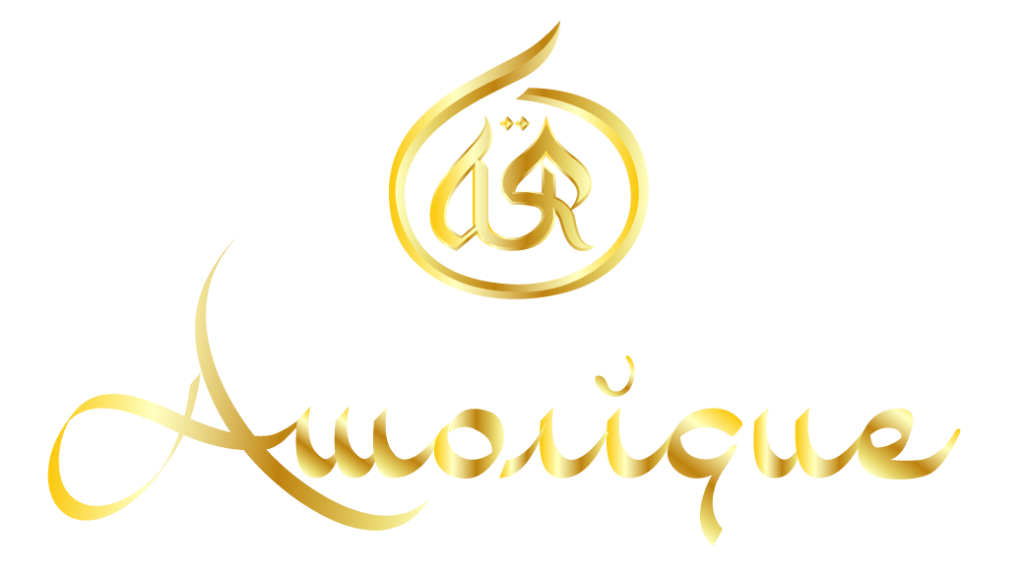The Significance of the Tasbih: A Journey Through Time and Devotion
The tasbih, also known as prayer beads, holds a profound place in Islamic tradition. Rooted in centuries of spiritual practice, it is more than a tool for prayer; it is a bridge connecting the believer to their Creator, fostering reflection, gratitude, and mindfulness. From its origins to its modern uses, the tasbih remains a timeless emblem of faith and devotion.
The Origins of the Tasbih
The concept of prayer beads has existed across cultures for thousands of years, long before the Islamic tasbih. Ancient civilizations such as the Sumerians, Egyptians, and Hindus used beads in rituals to count prayers or mantras. In Islamic tradition, the tasbih was inspired by the teachings of Prophet Muhammad (peace be upon him), who emphasized the remembrance of Allah (dhikr) as a vital part of worship.
It is said that early Muslims counted dhikr using their fingers or small pebbles, which eventually led to the creation of the tasbih. According to a narration, Fatimah (RA), the daughter of Prophet Muhammad (PBUH), once approached her father seeking help for the physical strain of household tasks. In response, he advised her to recite Subhan Allah (33 times), Alhamdulillah (33 times), and Allahu Akbar (34 times) before sleeping, a practice that laid the foundation for the modern use of tasbih.
How the Tasbih is Used
Traditionally, a tasbih consists of 33 or 99 beads, symbolizing the acts of dhikr. Each bead helps the worshiper stay focused and mindful during recitation. The 99 beads represent the 99 names of Allah (Asma’ul Husna), a way of glorifying His attributes through remembrance. Some tasbihs also feature a divider bead or tassel, marking the end of a cycle and providing a pause for reflection.
One story recounts how a Bedouin elder once explained the use of the tasbih to a younger generation. Holding his well-worn prayer beads, he said, “Each bead is not just a count—it is a step closer to Allah. When my fingers move, so does my heart.” His words captured the essence of the tasbih as a spiritual anchor, a rhythm that guides both body and soul in worship.
Cultural and Historical Anecdotes
Throughout history, tasbihs have been more than tools of prayer; they have also been symbols of cultural identity and personal expression. In the Ottoman Empire, artisans crafted ornate tasbihs from amber, ivory, and gemstones, reflecting the rich cultural heritage of the region. Sultans were often depicted with tasbihs in hand, symbolizing their role as both leaders and spiritual guides.
In one notable story, Sultan Suleiman the Magnificent, known for his devotion, was gifted a tasbih made of pure amber during his reign. It is said he used the tasbih daily, not only for prayer but also as a means of contemplation during matters of state. This anecdote highlights how the tasbih transcends its role in worship, becoming a companion in both spiritual and worldly pursuits.
In contemporary times, tasbihs have taken on modern forms, with beads crafted from materials like glass, wood, and even recycled items. Despite these changes, the purpose remains unchanged: to facilitate the remembrance of Allah and bring a sense of peace to the user.
Modern Significance and Versatility
Today, the tasbih continues to hold its sacred purpose while also adapting to modern lifestyles. It has become a versatile piece, worn as necklaces or bracelets, allowing individuals to carry their faith wherever they go. For many, it serves as a quiet reminder to pause, reflect, and stay connected to their spirituality amidst the distractions of daily life.
A Timeless Symbol of Faith
The tasbih represents more than a string of beads; it is a journey of faith, mindfulness, and devotion. It connects believers to centuries of tradition while offering a means to practice spirituality in daily life. Whether used in prayer, meditation, or as a beautiful reminder of faith, the tasbih stands as a testament to the enduring power of remembrance and gratitude.
As you hold each bead, you carry a legacy that spans generations and cultures, turning every moment into an opportunity for connection and reflection. In honouring the tasbih, we honour the spiritual and cultural heritage it represents, keeping its timeless significance alive for future generations.

